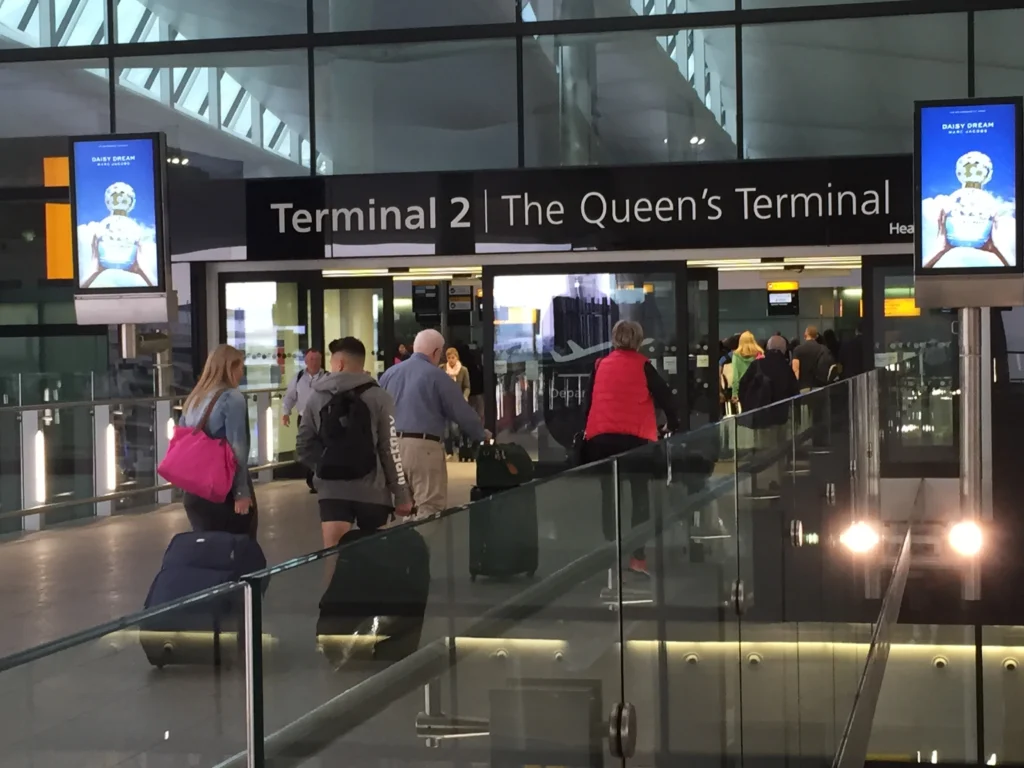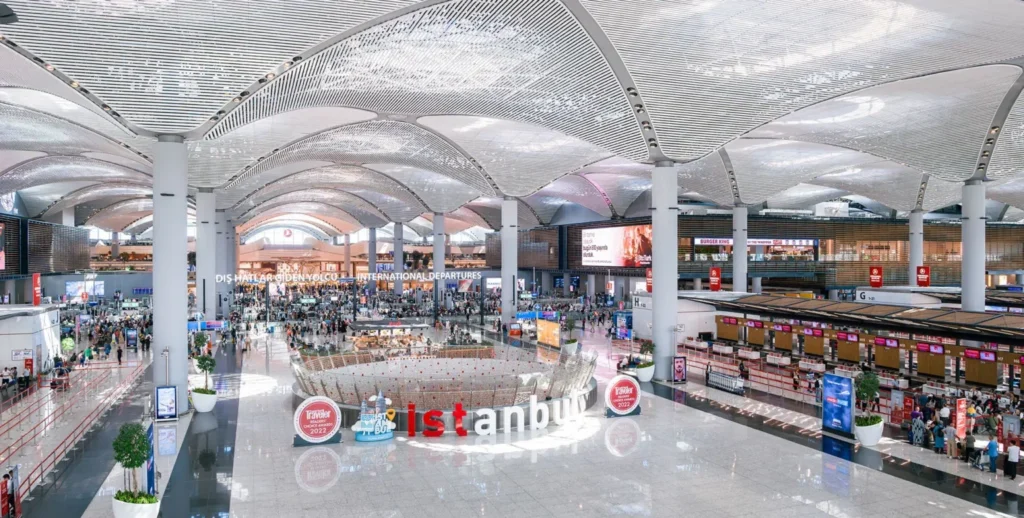Why Transit-Friendly Airports Matter
For many travellers, the journey is only half the story. The airport where you switch flights can make or break your trip. A smooth connection means less stress, fewer gate changes, and more time to relax before your next take-off. The world’s top transfer hubs combine large flight networks, efficient layouts, and smart passenger services. According to AFAR Magazine, the airports best for connections are those that offer large volumes of onward flights and minimal friction for the passenger.
Here are six top-scoring airports chosen for their connectivity, ease of transfer and global reach.
1. London Heathrow Airport (LHR), United Kingdom

As reported by aviation analytics firm OAG, Heathrow remains the world’s most connected airport in 2024. It ranked first based on the ratio of connections to destinations served. Visitors can choose from hundreds of onward flights to six continents, making it ideal for those seeking seamless global travel. Despite its size and traffic, Heathrow has worked to streamline transit pathways and minimize walking distances between terminals.
2. Istanbul Airport (IST), Türkiye

According to a 2024 Cirium ranking, Istanbul Airport offers the greatest number of unique non-stop destinations (309) of any airport in the world. This makes it a powerful transfer hub for travelers crossing between Europe, Asia and the Middle East. With the base carrier operating many global routes, IST provides frequent connections and strategic scheduling, reducing wait time between flights.
3. Frankfurt Airport (FRA), Germany

Frankfurt has long been a European gateway and continues to lead in connectivity. In 2023 data it was cited for serving more than 300 unique destinations from its hub. The airport is praised for its logical layout and short transfer times, which is especially helpful for onward connections to other parts of Europe or long-haul flights.
4. Amsterdam Airport Schiphol (AMS), Netherlands

Schiphol stands out as a highly efficient hub in Europe. According to OAG data it handled over 58,000 international connections in a single month in 2023. Many of its gates lie within one terminal hall, reducing walking time and transfer confusion. Travelers appreciate how easy it is to change flights here, making Schiphol a strong choice for multi-leg journeys.
5. Kuala Lumpur International Airport (KUL), Malaysia

Often overlooked in mainstream travel lists, Kuala Lumpur has emerged as one of Asia’s most connected airports. In the OAG “Megahubs 2024” index it ranked second globally based on connections/destinations ratio. It serves a high number of destinations across Southeast Asia, Australia and the Middle East, which makes it an excellent option for travelers wanting efficient routes in that region.
6. Dubai International Airport (DXB), United Arab Emirates

Dubai continues to shine as a major global transit hub. With hundreds of flights daily and connections spanning multiple continents, it offers unmatched flexibility for transfers. Though not always number one in every connectivity ranking, it consistently appears among the top global performers. Terminating, airline partnerships and scheduling make it practical for rapid onward travel, especially between Asia, Europe and the Americas.
Pro Tips for Choosing a Transfer-Friendly Airport
- Check the connection time: Even great hubs require adequate layover time. Opt for at least 90–120 minutes for international to international transfers unless you are on the same ticket and airline.
- Use a single airline or alliance: This often means your transfer is treated as one transaction, your bags get checked through and you face fewer gate changes.
- Look at terminal layout: Airports with one main terminal or connected concourses (like Schiphol or Frankfurt) reduce walking time and complexity.
- Consider region-specific hubs: If your route focuses on Asia-Pacific, airports like Kuala Lumpur may offer faster or cheaper routes than the mega-hubs in Europe.
- Explore outside the airport if time permits: Some hubs allow transit passengers short excursions but ensure you have enough buffer for re-screening and boarding.
The Bigger Picture: Why These Airports Stand Out
Connectivity is not just about total flights. The best transfer hubs score highly because they offer:
- A large number of destinations reachable without re-routing
- High frequency of flights to those destinations
- Efficient physical layout and operations (short walking, quick transit)
- Strong airline networks and alliances located at the hub
According to AFAR, and supported by data from OAG and Cirium, airports that master these four elements enable travelers to reach more places more easily.
Final Word
When you choose your transfer airport wisely, you reduce the stress of changing flights, keep your onward journey shorter, and even turn your layover into part of the travel experience. Whether you’re flying via London, Istanbul, Frankfurt, Amsterdam, Kuala Lumpur or Dubai, these airports have proven track records for smooth, far-reaching connections. For anyone planning multi-leg trips or long-haul travel, their role in the trip is just as important as the destination itself.











